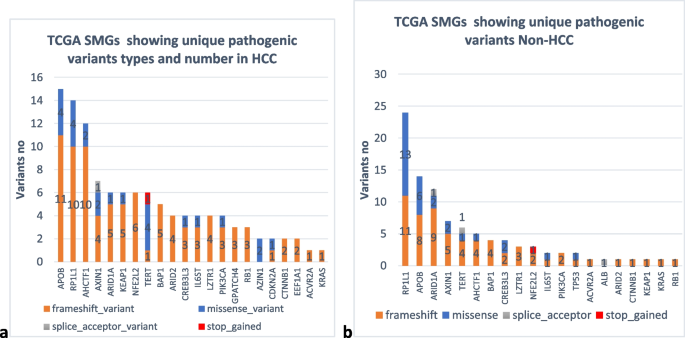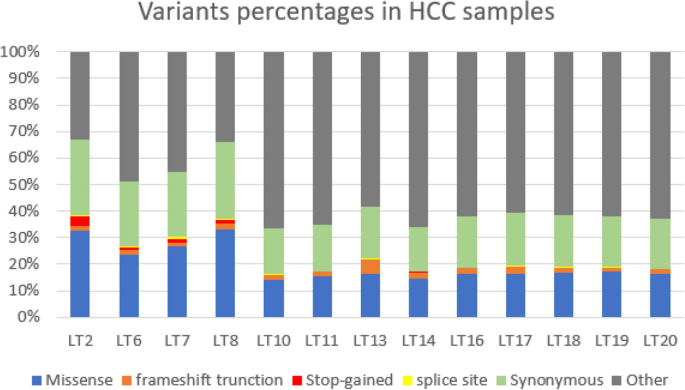
Detection of cardiac function abnormality from MRI images using normalized wall thickness temporal patterns
Purpose. To develop a method for identifying abnormal myocardial function based on studying the normalized wall motion pattern during the cardiac cycle. Methods. The temporal pattern of the normalized myocardial wall thickness is used as a feature vector to assess the cardiac wall motion abnormality. Principal component analysis is used to reduce the feature dimensionality and the maximum likelihood method is used to differentiate between normal and abnormal features. The proposed method was applied on a dataset of 27 cases from normal subjects and patients. Results. The developed method achieved 81.5%, 85%, and 88.5% accuracy for identifying abnormal contractility in the basal, midventricular, and apical slices, respectively. Conclusions. A novel feature vector, namely, the normalized wall thickness, has been introduced for detecting myocardial regional wall motion abnormality. The proposed method provides assessment of the regional myocardial contractility for each cardiac segment and slice; therefore, it could be a valuable tool for automatic and fast determination of regional wall motion abnormality from conventional cine MRI images. © 2016 Mai Wael et al.



